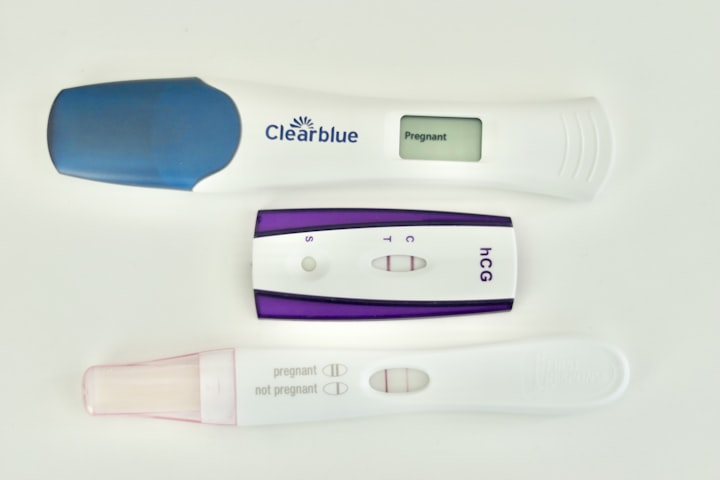
May is Asian Pacific American Heritage Month (AAPI Heritage Month), an annual celebration that recognizes the historical and cultural contributions of individuals and groups of Asian and Pacific Islander descent to the United States. The AAPI umbrella term includes cultures from the entire Asian continent—including East, Southeast and South Asia—and the Pacific Islands of Melanesia, Micronesia and Polynesia. As of the 2020 U.S. Census, there were about 20.6 million people of Asian or Pacific Islander descent in the United States. According to the Pew Research Center, AAPI people are a diverse and growing population that make up about 7 percent of the total U.S. population.
The Origins of AAPI Heritage Month
The effort to officially recognize Asian American and Pacific Islander contributions to the United States began in the late 1970s, and took over 10 years to make it a permanent month-long celebration. In 1977, New York representative Frank Horton introduced House Joint Resolution 540, which proposed proclaiming the first 10 days of May as Asian/Pacific American Heritage Week. Hawaii Senator Daniel Inouye introduced a similar joint resolution the same year. When the resolutions did not pass, representative Horton introduced House Joint Resolution 1007 the following year, which requested the president to proclaim a week during the first 10 days of May starting in 1979, including May 7 and 10, as Asian/Pacific American Heritage Week. After the House and the Senate passed the Resolution, President Jimmy Carter signed it into Public Law 95-419 on October 5, 1978.
From 1980 to 1990, each president passed annual proclamations for Asian/Pacific American Heritage Week. In 1990, Congress expanded the observance from a week to a month. May was annually designated as Asian/Pacific American Heritage Month in 1992 under the George H. W. Bush administration with the passing of Public Law 102-450. Asian/Pacific American Heritage Month was renamed as AAPI Heritage Month in 2009.
The month of May was chosen for AAPI Heritage Month because it coincides with two important milestones in Asian American history: the arrival of the first Japanese immigrants to the United States on May 7, 1843, and the completion of the transcontinental railroad on May 10, 1869, which was largely built by Chinese laborers.
The Themes and Events of AAPI Heritage Month

Each year, AAPI Heritage Month has a different theme that reflects the diversity and achievements of AAPI communities. The theme for AAPI Heritage Month 2023 is “Brave Spaces: Honoring Our Past, Envisioning Our Future”. According to the official website https://asianpacificheritage.gov/, this theme “celebrates how AAPI communities have created brave spaces throughout history to share their stories, claim their identities, and advocate for their rights.”
AAPI Heritage Month also features various events and activities that showcase AAPI cultures, arts, histories, and issues across different platforms and venues. Some of these events are organized by federal agencies such as the Smithsonian Institution, the Library of Congress, the National Archives, and the National Park Service. Some examples of these events are:
- Bravespace: a compilation of original songs, sounds, and meditations created by Asian American women and non-binary artists and musicians.
- National Museum of Asian Art Festival: a two-week festival celebrating Asian art and cultures of the past, present, and future.
- Celebrating the Art and Literature of Jade Snow Wong: a display highlighting Jade Snow Wong, the noted Chinese American author and ceramist.
- Identity and Culture in the Digital Age: a panel discussion with trailblazing AANHPI DMV-based content creators.
- From China To Appalachia: a concert featuring Cathy Fink & Marcy Marxer with Chao Tian playing music from China to Appalachia and beyond.
- Youth In Action: What The Youth Can Do: a special program showcasing what Native Hawaiian youth are doing to protect their traditions.
Other events are organized by local communities, organizations, schools, libraries, museums, media outlets, and individuals across the country. These events include cultural festivals, performances, exhibitions, workshops, lectures, film screenings, book readings, podcasts, webinars, social media campaigns, and more.
The Importance and Challenges of AAPI Heritage Month
AAPI Heritage Month is an important opportunity to celebrate the diversity and contributions of AAPI communities to American society. It is also a chance to educate others about AAPI histories and cultures that are often overlooked or misrepresented in mainstream media and education. It is also a time to raise awareness about AAPI issues and challenges that affect their lives and well-being.
Some of these issues include racism, discrimination, hate crimes, health disparities, language barriers, immigration policies, economic inequality, educational attainment, political representation, and cultural identity. These issues vary across different AAPI subgroups and regions, reflecting the diversity and complexity of AAPI experiences.
For example, according to a report by Mental Health America, many different communities within the AAPI label face their own unique challenges: from the trauma faced by those who survived wars in Laos, Cambodia, and Vietnam; Japanese Americans who remember the internment camps of the WW2 era; or the anxiety felt by the children of first-generation immigrants to reconcile their cultural heritage with American life.1
According to a study by AAPI Data and PRRI, nearly one out of four (23%) of AAPI Californians report working and struggling with poverty. Poverty rates are especially high among Hmong (37.8%), Cambodian (29.3%), Laotian (18.5%), and Vietnamese (16.6%) populations.2
According to a report by the U.S. Equal Employment Opportunity Commission, AAPIs face various forms of employment discrimination, such as being stereotyped as passive, submissive, or model minorities; being denied promotions or leadership positions; being harassed or bullied; or being paid less than their peers.3
According to a report by the U.S. Department of Housing and Urban Development, one in five AAPIs experience discrimination in the rental and home buying process. AAPIs have also suffered the largest percentage decline in homeownership of any racial group.4
These are just some examples of the many issues and challenges that AAPI communities face in their daily lives. AAPI Heritage Month is a way to acknowledge these realities and to advocate for positive change and social justice.
Conclusion
AAPI Heritage Month is a celebration of the rich and diverse cultures, histories, and contributions of AAPI communities to American society. It is also a time to educate others about AAPI experiences and perspectives that are often invisible or marginalized in mainstream narratives. It is also a time to raise awareness about AAPI issues and challenges that require attention and action. By celebrating AAPI Heritage Month, we can honor our past, embrace our present, and envision our future as part of the American story.





Comments
There are no comments for this story
Be the first to respond and start the conversation.